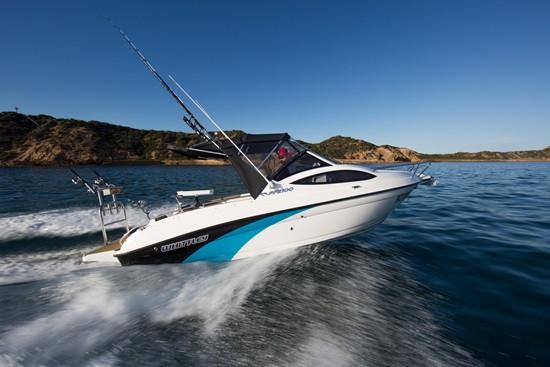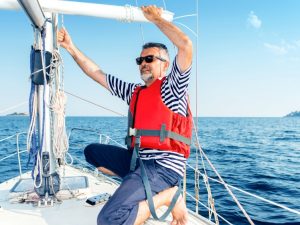
Nsw Boating Regulations – What You Need To Get Out On The Water
Sailing in high waters! Sounds like an exciting journey! But, before you head out, you need to be ready. You need a boat and knowledge to sail and drive it. Without the proper knowledge, you can never drive or sail a boat. Once you have completed the sailing course, you need your own boat. But, before you set sail, you need to know some important boating regulations.

You can complete your Coxswain Course at Maritime Training School, along with other sailing lessons. You need to make sure that you have a good school to help you learn the boating lessons. But before you finish your sailboat driving course, you will also need to look at the regulations. What are the Boating Regulations in NSW? Whether you are an amateur or a veteran at sailing a boat, you need to know about certain rules and regulations regarding the boating experience. If you do not know these rules and regulations, you cannot hit the water and be safe out there. You could even become a hazard for others! Here are the most important boating rules and regulations for you:
1. Boat Driving License: You will definitely need this. You cannot drive a car on the road without a license, so why not do the same for boating. It is basically driving on water instead of the road. Make sure you know what kind of license you need. There are two types of license: General boat driving license is needed for powered recreational vessel at 10 knots or more Personal watercraft driving license is for PWC, which is another type of powered recreational vessel at 10 knots or more
2.Boat Registration: You need to register your boat. Any person, who is above the age of 16, can register their vessels. An unregistered vessel cannot be driven or sailed!
3. Speed: Certain areas have a designated speed for the boats and that has to be maintained at all costs. Make sure to check the speed limit for boats in the places you plan to visit. No use riding the boat and creating trouble. This ruins the whole mood of the ride.
4. Bow Riding: This is an absolute no for NSW waters. What is bow riding? Well, this is when you ride the boat by extending part of your body out of the vessel’s perimeters. This increases the risk of the person falling overboard. So, never go try that!
5. Always Give Way: This rule is for engine powered boats. You need to make sure that you always give way to other vessels like sailing boats. Whether they are heading for you head on or from the left, you need to always move towards right to alter your course.
6. Safety Distance: Whether it is dive flags or people, you boat need to be always 60 metres away. There is an exception to this rule. That happens when you are in one of the following situations: You are supporting swimmers and divers in a competition. The vessel is human powered. The sailboat is less than 5.5 metres long and does not have an auxiliary engine.
7. Safety Equipment: You need to have some essential safety equipment in the boat. The list includes: Lifejackets Bailer/Fire Bucket Anchor Fire Extinguisher Oars and Paddles Floating Torch Sound signal An Emergency Position Indicating Radio Beacon (EPIRB) These are certain aspects that need your attention when you decide to sail. You need to know these to get out on the water. Amateur or veteran, you need to be safe and keep other safe. For that you need to know these rules and regulations. Know all the regulations from the school that you attend. There are many more technicalities. Talk to experts and be safe to enjoy sailing your boat! Coxswain Course at Maritime Training School







